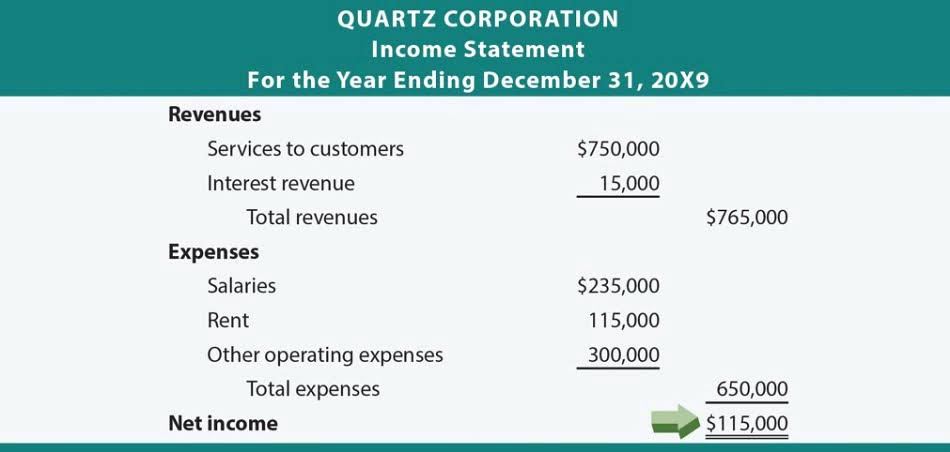Self-Employed Multiplier of 0 9235 for Social Security, Medicare Abrams Landau, Ltd.

The term sole proprietor also includes the member of a single member LLC that’s disregarded for federal income tax purposes and a member of a qualified joint venture. You usually must pay self-employment tax if you had net earnings from self-employment of $400 or more. Generally, the amount subject to self-employment tax is 92.35% of your net earnings from self-employment. You calculate net earnings by subtracting ordinary and necessary trade or business expenses from the gross income you derived from your trade or business.
Step 1: Multiply Your Self-Employment Income by 92.35%

This includes keeping receipts, invoices, and other documentation that can prove the expense was for business purposes. It’s important to note that not all expenses can be deducted from gross income. Only those that are deemed ‘necessary and ordinary’ for the business can be deducted. Necessary expenses are those that are helpful and appropriate for your business. Ordinary expenses are those that are common and accepted in your trade or business. Self-employment taxes are taxes that self-employed individuals pay to the federal Coffee Shop Accounting government in the United States.
Self-Employment Taxes: A Beginner’s Guide

As tax season approaches, you might be starting to gather up the materials you’ll need to file your taxes. That’s because a self-employed worker is considered both an employee and an employer. It’s important to note that if you do not make estimated tax payments or what are retained earnings if your payments are not sufficient, you may be subject to penalties by the IRS. Therefore, it’s crucial to accurately estimate your net earnings and make your payments on time.
- The self-employment tax is a self-employed person’s Social Security tax liability and Medicare tax liability.
- Free up time in your firm all year by contracting monthly bookkeeping tasks to our platform.
- Once you have determined your gross income and identified your deductible expenses, you can calculate your net earnings.
- For Social Security taxes, employees and employers are taxed at a rate of 6.2%, meaning self-employed workers are taxed at double that (12.4%).
- Married couples filing jointly must each file Schedule SE for income that they earn from their business or respective shares of the business.
- Examples of a self-employment tax deduction include the home office deduction, which allows a self-employed worker using 200 square feet of their home for business to deduct $1,000 as a business expense.
Example 3: Income of $200,000

Note that the IRS generally prefers that you pay your taxes quarterly, and if you don’t, they might penalize you. Let’s start with the easy scenario where you don’t have to worry about that $137,700 limit on earnings subject to the Social Security tax. In the previous section, I told you that self-employment income is the net income you earn in a trade or business. Individual taxpayers with $400 or more of self-employment income must pay the self-employment tax.
Need More Time to Finish your 2024 Tax Return? File a Tax Extension & Delay Tax Day until October 2025.

If you have a W-2 to calculate the taxpayers net earnings from self-employment, 92.35% is multiplied by: job working for someone else, you’ll likely see on your paycheck deductions for various taxes. And not only that, but at the end of the article, I’ll share with you some tips and tricks on how you can reduce your self-employment tax liability. Company X’s books will show $10,000 of salary expense, and $765 of payroll tax expense for FICA. For 2024, only the first $168,600 of earnings is subject to the Social Security portion.
- An S corporation is a favorite among many small business owners because with an S corporation, only a portion of your earnings — the portion that you designate as wages — is subject to FICA tax.
- It also means that your team doesn’t have to reenter information across systems when an employee gets promoted or moves to a different city to work remotely.
- To calculate how much you’re likely to pay in self-employment taxes this year, you can first determine what the taxable 92.35% of your earnings amounts to.
- Net earnings are calculated by subtracting business expenses from gross income.
- If the taxpayer has more than 1 business, then the income is netted among all businesses and listed on Schedule SE.
- Unlike Social Security, Medicare taxes aren’t capped, and an Additional Medicare Tax may apply for self-employed workers who earn more than $200,000.
- An optional method may give you credit toward your Social Security coverage or increase your earned income credit or the child and dependent care credit.
Knowing the right forms and documents to claim each credit and deduction is daunting. You can connect with a licensed CPA or EA who can file your business tax returns. Tickmark, Inc. and its affiliates do not provide legal, tax or accounting advice. The information provided on this website does not, and is not intended to, constitute legal, tax or accounting advice or recommendations.